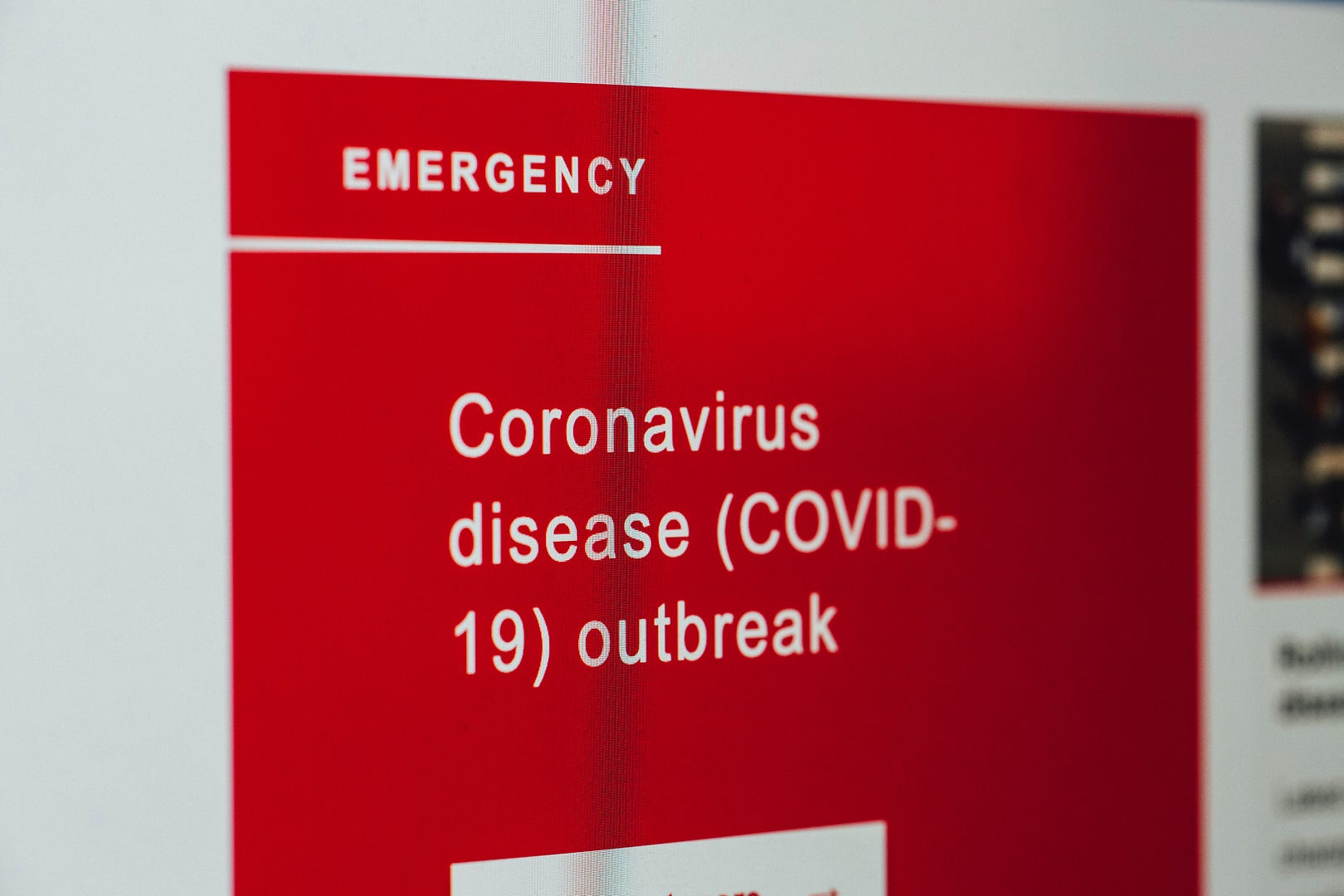What is the True Death Rate of COVID-19?

A year ago, At the time, this was a minor side-project I could do in the extra time I had saved because I was working from home during lockdown and no longer had a 1.5-hour commute twice a day. It was a fascinating, complex problem, but also relatively easy to attempt to answer based on current best evidence at the time, because that consisted of only a few dozen scientific papers and preprints.
12 months on, and instead of a small side-project, the question has become something I spend most of my free time on. I’ve put in endless hours and late nights into trying to answer what at first seems like a very simple question: how likely are you to die if you catch COVID-19? In the process, I’ve published — with some amazing colleagues — two scientific papers on the question that have jointly been read 100,000s of times, cited by the CDC, WHO, EU, and others, and generally dedicated a very surprising amount of time to the whole idea.
So, a year on, let’s look at the question of the fatality rate of COVID-19, and what we’ve learned.
Population Fatality Rates
The problem in March/April 2020 was an interesting one. While we already knew that COVID-19 was dangerous — it could overwhelm healthcare systems in a bad outbreak — there was still a lot of uncertainty. We knew that the case fatality rate, which is simply the number of deaths divided by confirmed cases, likely overestimated the true fatality risk, but we didn’t really have much information on the infection fatality rate (IFR), because we didn’t know how many people had been infected with SARS-CoV-2. While the evidence on asymptomatic spread was already accumulating, testing was sparse and so estimating exactly how many people had already had COVID-19 was very hard.
https://mycourseconnection.instructure.com/courses/3306/pages/watch-yasuke-season-1-episode-1-online-full-series
https://mycourseconnection.instructure.com/courses/3306/pages/watch-godzilla-vs-kong-online-full-series
https://mycourseconnection.instructure.com/courses/3306/pages/watch-mortal-kombat-online-full-series
https://mycourseconnection.instructure.com/courses/3306/pages/watch-nobody-online-full-series
https://mycourseconnection.instructure.com/courses/3306/pages/watch-shang-chi-and-the-legend-of-the-ten-rings-online-full-series
https://mycourseconnection.instructure.com/courses/3306/pages/watch-demon-slayer-mugen-train-online-full-series
https://paiza.io/projects/QYflucu-BxtDPBM39aeSjQ
http://paste.jp/046bbbde/
https://paste.ee/p/Z8DnW
https://pastelink.net/2ugwq
https://pasteio.com/xGIwLQDiQa7Y
https://controlc.com/30c4eb9e
https://www.peeranswer.com/question/608a6e4ce2222bec21f24627
https://www.hybrid-analysis.com/sample/ed6c9358204a4e4d194d08c22b369be6dcecb1015e08e9a216e4c76852f621e4
https://verify-www.com/index.php?url=https%3A%2F%2Fmycourseconnection.instructure.com%2Fcourses%2F3306%2Fpages%2Fwatch-yasuke-season-1-episode-1-
online-full-series
https://myanimelist.net/blog.php?eid=851875
https://sfwetwet.cookpad-blog.jp/articles/593161
In our initial study, we looked at something simple — based on the number of people who were estimated to have caught COVID-19 and died of it across a range of places, the aggregate IFR overall. At this point, research was pretty thin on the ground, so we looked both at people who had modelled what they thought was the likely fatality rate of COVID-19 as well as using antibody studies to infer infection rates and from those IFRs.
From these varied estimates, we produced an aggregate figure that the population IFR at the time was around 0.68% — or about 1 in 150 people who caught the disease died of it — and varied in the studies we examined between a low of 0.17% to a high of 1.7%. We also acknowledged that there was probably no ‘true’ IFR for the disease, that the number varied across populations, and in particular noted that there was growing evidence that the IFR was likely to vary based on the age-breakdown of who got infected in a population.
In other words, based on the data we had at the time (we submitted the paper at the end of June 2020), the populations with IFR estimates seemed to lie somewhere between these values. But, importantly, it looked like age might be the biggest factor.
Fortunately, people were already working on the problem, and shortly after our first paper was published I was invited to join the effort to look at the age-stratified IFR of COVID-19. I happily accepted, bidding free time goodbye for another few months.
So what did we find?
Age-Stratified IFR
The second paper, with a bigger team including professors from Dartmouth and Harvard, and was also a bit more complex. Because the growth rate of COVID-19 scientific papers is exponential, we had a lot more data on our hands when we systematically reviewed the databases. That being said, there were far fewer places that gave good estimates of the infection rates of COVID-19 by age, which was the biggest thing we needed in a paper. Moreover, the death data was hard to trust for a lot of locations, so we limited the study only to higher-income areas where we could be reasonably sure the numbers were correct.
After aggregating more than 100 datapoints from studies across the globe, we ended up with this somewhat amazing graph.
What this is showing is that COVID-19 death rates by age adhere almost perfectly to a log scale. In other words, there is an impressively robust exponential association between your age and your risk of death from COVID-19 — a 20 year old has a 1 in 17,000 IFR if they catch the disease, while a 60 year old is closer to 1 in 130. You can see this even more clearly in the graph using a linear scale.

Possible poisoning as 11 birds found dead ahead of major pigeon race spectrocomparator
- A further seven birds remain seriously ill in the suspected poisoning, leading to the Club des Inter

The UK ordered 400,000 gowns from Turkey to address its PPE crisis. Some didnt meet safety standards
- The gowns, made by a Turkish company and flown into the UK by the Royal Air Force on April 22, had b

The Secrets to Pass SAP C_S4FCF_1809 Certification Exams With Ease Latest
- Typical knowing materials including textbooks are generally easy to find. In case you are passionate about the type of texts used in

Global Dry Milling Market Size, Segment, Analysis To 2025
- Global Dry Milling Market Analysis Report 2020 by Manufacturers, Regions, Type and Application, Forecast to 2025